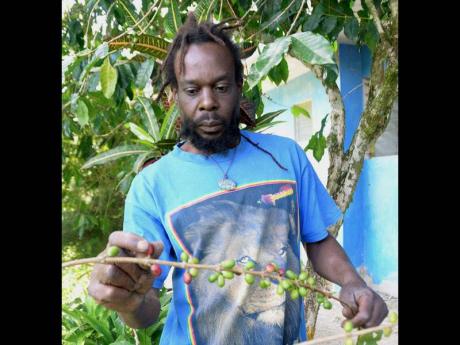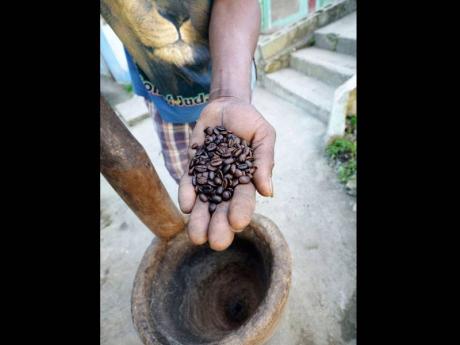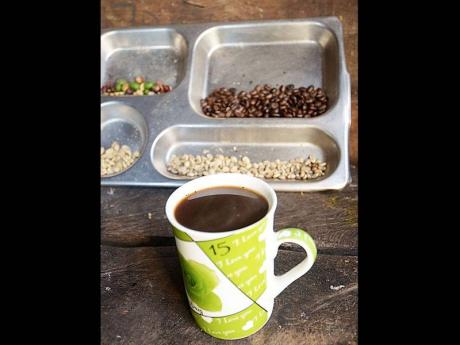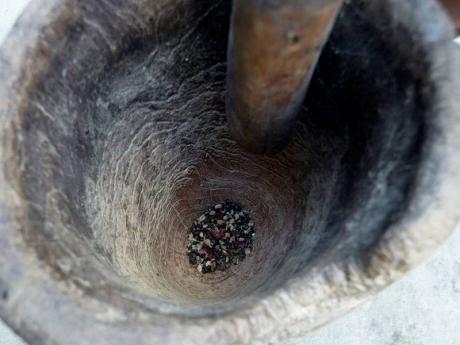Wake up and smell the coffee
Krysta Anderson, Gleaner Writer
Interestingly enough, coffee is reported to have originated in Ethiopia. coffee was introduced to Jamaica when it was imported to our island in the 1700s from Martinique by then governor of Jamaica, Sir Nicholas Lawes. It was sent to be grown and cultivated in the hilly terrains of St Andrew and Portland - the Blue Mountains.
Today, coffee lovers abound on the island and, for them, it's the only way of getting their day off to a fresh and vibrant start, or a pick-me-upper during the day.
Prepared from darkly roasted coffee beans, this invigorating beverage has gone through changes over the years, with blonde roasted coffee a modern incarnation.
Food travelled to Section, a community at the border of St Andrew and Portland, and spoke with Herbert Dennis who demonstrated the traditional way in which Jamaicans brew their coffee. Those from rural Jamaica would be familiar with this and the now almost extinct coffee bag - usually made from muslin or calico material.
Even though he has a coffee plantation, Dennis cultivates coffee at his home in the hilly area of Section for his personal consumption. He picks the ripe berries, red in colour, after which he washes and pulps them, sometimes using mortar and pestle, and places them in the sun to dry for three weeks (they can remain fresh up to three years).
After the coffee beans have dried out, the 'trash' is removed.
"This can be done with a pounding motion, by the same mortar and pestle, in order to easily separate the trash from the beans, or it can be shelled out," he explained.
So whether you like it black or you are a lover of the instant variety, share The Perfect Cup with Food. Tell us how you take your coffee.
The brewing process
Brewing can begin in two different ways. "You can either pound it out the traditional way, with the mortar and pestle, transforming the roasted coffee beans into ground coffee for brewing, or you can put it in a manual grinder, grinding out the beans before brewing."
The brewing process continues as the coffee grounds are then placed in water in a traditional kettle and put on the wood fire to boil for about five minutes. This can be consumed straight from the kettle, strained and served, or the liquid can be placed in a plunger pot to separate the liquid from the ground coffee and sweetened any way you like.
The roasting process
While commercial producers have their roasting machines, Dennis roasts his the old-fashioned way. "The beans are put in a pot over a wooden fire, and then stirred periodically. The roasting process takes up to 45 minutes to an hour. Everything is done manually."
Send responses to lifestyle@gleanerjm.com.








